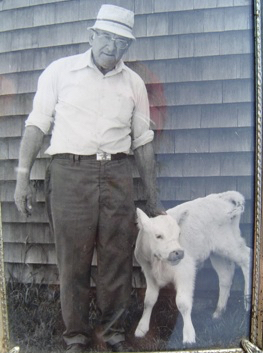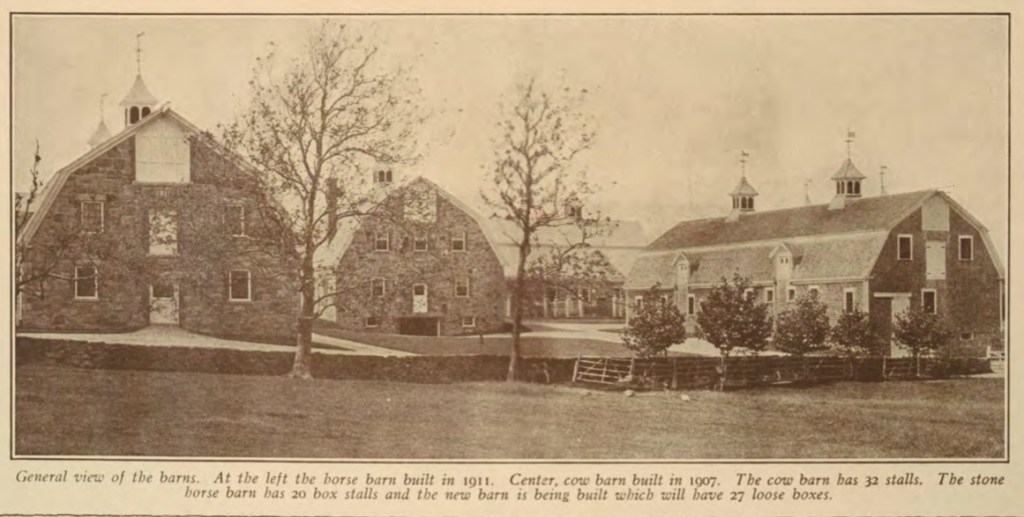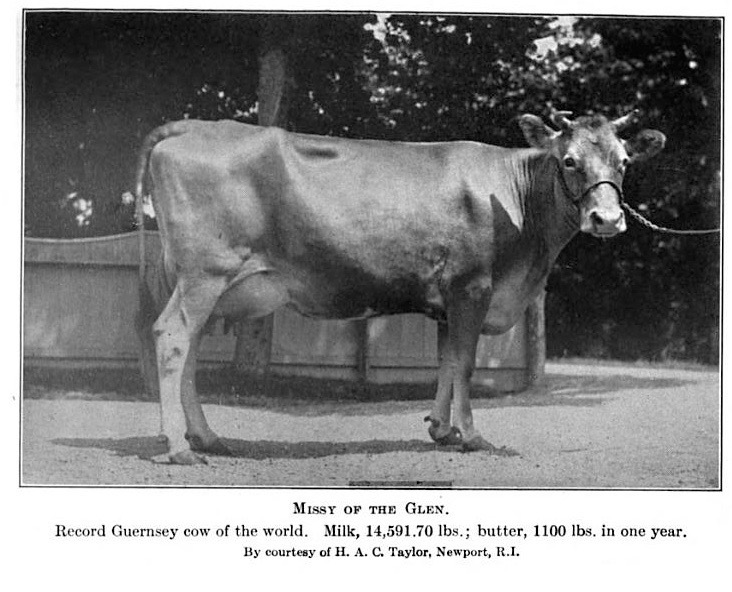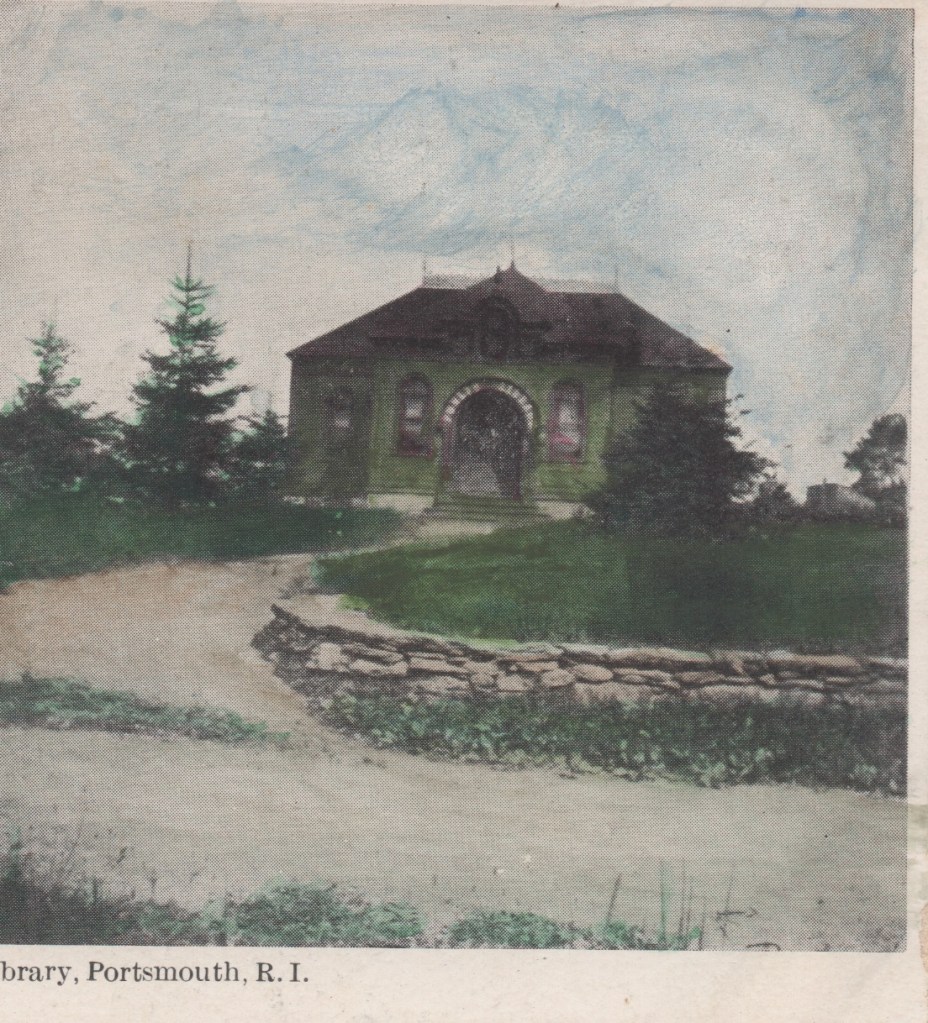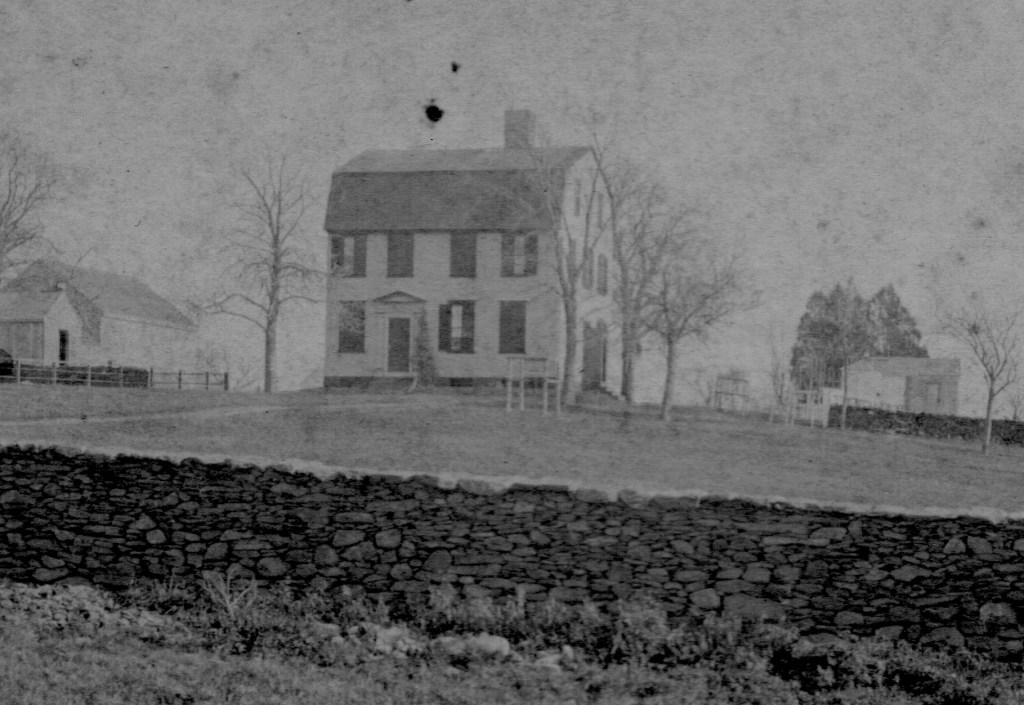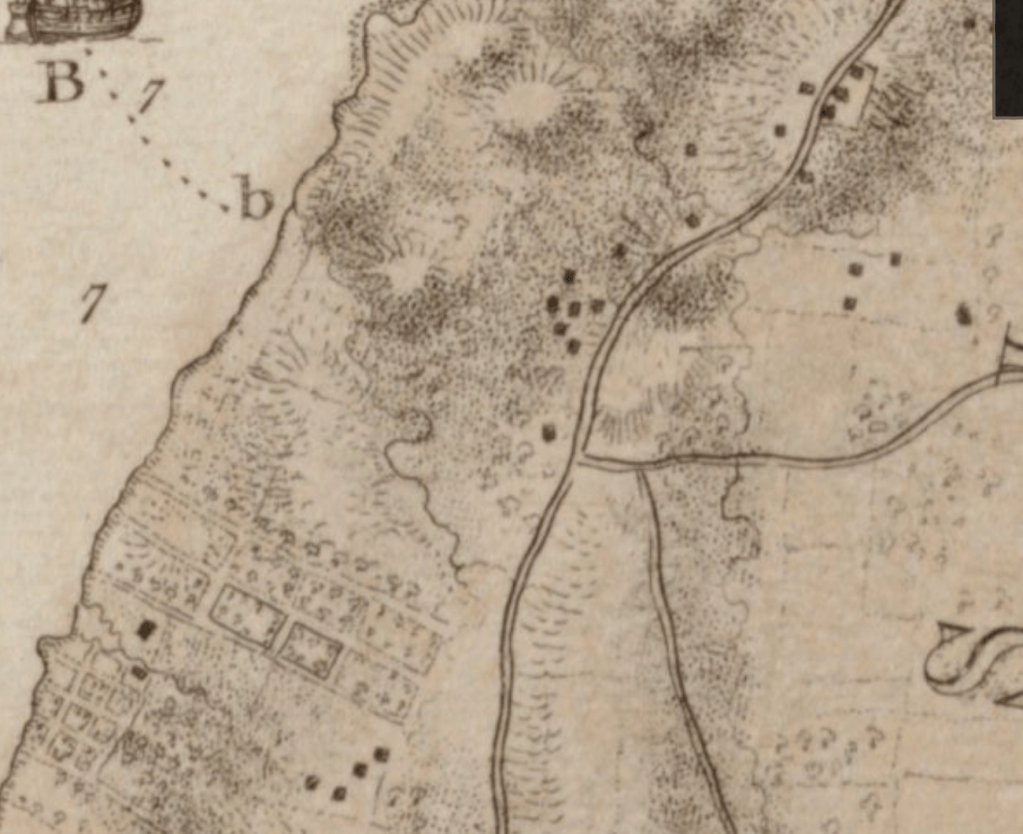Manuel Camara was a dedicated worker at Glen Farm for over sixty-four years. In a Newport Daily News interview in 1984, Camara said “The Taylors are excellent people to work for, that’s why I’ve stayed here all these years.” While at Glen Farm, Camara worked for two generations of the Taylor family. After Edith Taylor Nicholson’s death in 1959, the farm land began to be sold. Manuel Camara began to work in the glory days of the Gentleman’s Farm and continued on until almost the last days when he was one of three workers.
“It’s funny that I even took the job here. I hated driving my father’s plow horses and that’s what they had me doing here (at Glen Farm). Boy was I happy when they got the tractors in.”
Camara grew up in Tiverton and left his father’s farm to become a farm hand at age 21. When Camara started at Glen Farm there were sheep, cattle, dairy cows, poultry and horses. The “gentleman’s farm” was over 1,000 acres. Manuel worked his way from farm hand to herdsman, and then foreman of the farm.
Like many of the Glen Farm workers, Manuel’s family lived on the farm. At one time they lived at the Leonard Brown House. His daughters, Geraldine Leis and MaryLou Lemieux, have shared their experience of growing up on the farm. Manuel would warn his family to get into the house because they were going to “stampede the cattle.” This was when they had to move them from one field to another. When Manuel became a foreman he spent more time at the barns. Daughter Geraldine, the youngest of his four daughters, would get into trouble by playing in the hayloft and trying to ride the cows.
As Glen Farm diminished in size, Manuel kept active. His day would start at 7 am. As the daily farm chores began he would feed and water the cattle, clean the stalls and clean-up the barnyard. “We bail a lot of hay here.” he mentioned to the reporter. Manuel would also plant and harvest corn. He complained that winter could be slow, “but spring is always around the corner and that means more hard work.” Manuel Camara was never afraid of hard work. Although he ultimately retired, he told the reporter “So I guess I’ll stick around until I can’t work any more.”
